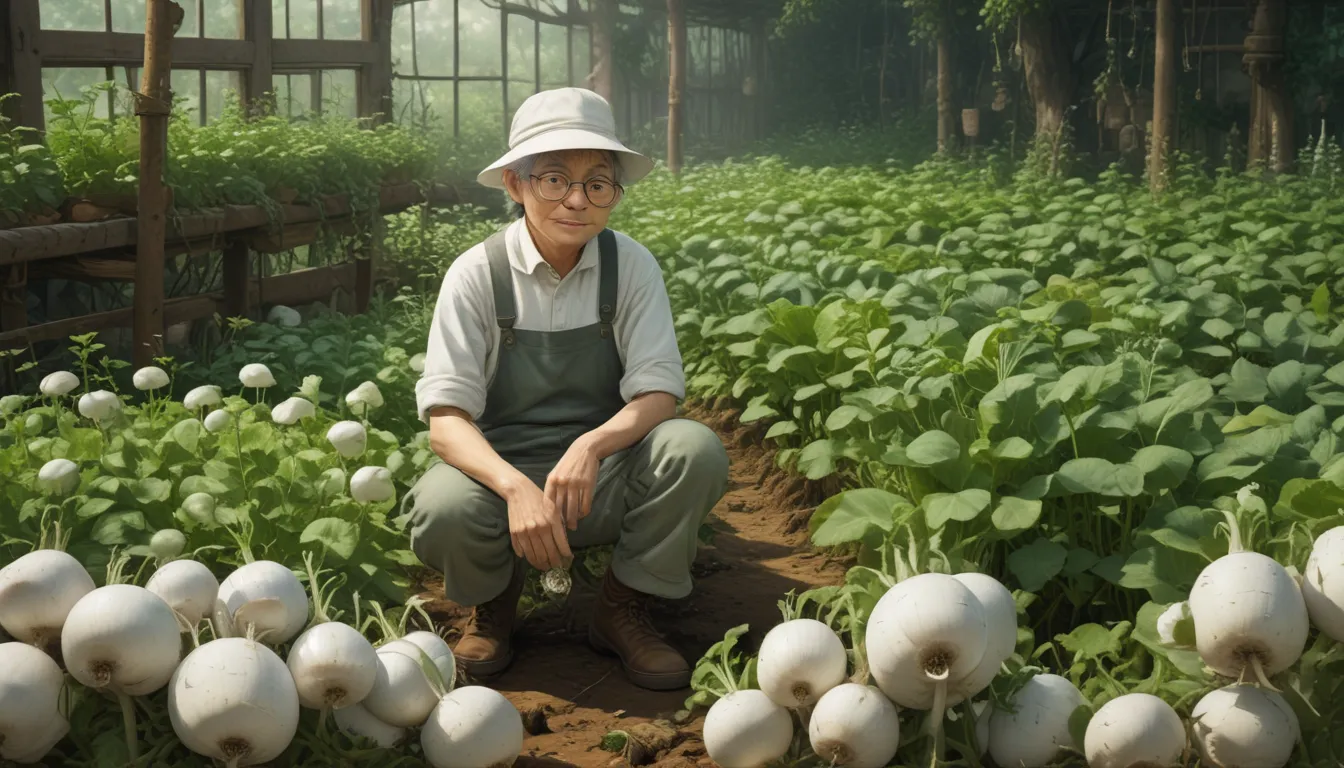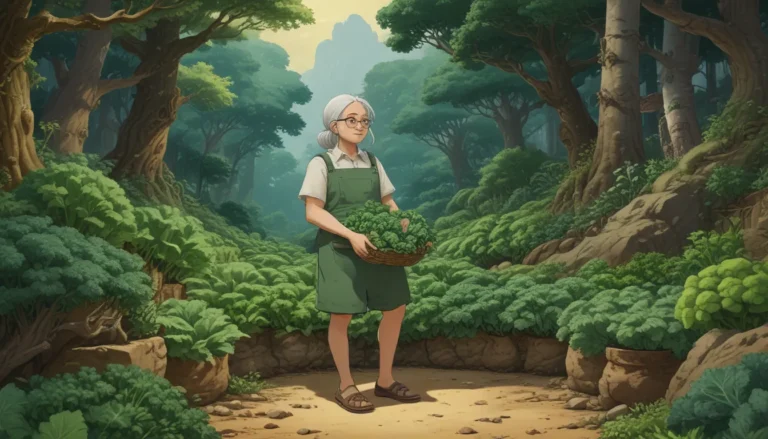Understanding and Preventing White Rust on Turnip Plants

Have you noticed white pustules and faint yellow spots on your turnip leaves? You might be dealing with white rust, caused by Albugo candida. Although this organism is technically a water mold and not a fungus, it still behaves like a fungus and can infect turnip plants worldwide.
In this comprehensive guide, we will explore the symptoms, life cycle, and preventive measures to control white rust on turnip plants.
Symptoms of White Rust on Turnips
White rust presents both local and systemic symptoms on turnip plants. Local symptoms include white pustules resembling chalky white dust on the bottom of leaves, alongside faint yellow lesions on the upper side. In some cases, smaller stems and floral parts can also be infected.
Systemic infection, affecting the entire plant, can lead to abnormal flower growth, distortion, and sterility. These unusual flowers, known as stagheads, typically form on infected plants during periods of prolonged rainfall and limited sunlight.
How the Infection Spreads
Spores produced on pustules can spread through wind, rain, or insects to infect other plants in the same or neighboring fields. Cruciferous weeds can also harbor spores, facilitating the spread of infection.
In wet conditions between 60 to 77°F, the likelihood of infection spread increases. Thick-walled spores called oospores, formed in stagheads, can overwinter in plant debris in the soil, further perpetuating the disease cycle.
Moreover, white rust can predispose plants to other diseases like downy mildew, caused by a water mold as well.
Cultural Controls
Given the lack of fungicides registered for controlling white rust on turnips, cultural controls play a crucial role in managing the disease. Here are some key methods to mitigate the spread of white rust:
- Purchase high-quality seeds from a dry climate.
- Plant seeds in well-drained beds free from plant residues.
- Eliminate cruciferous weeds near your plants to reduce disease harborage.
- Rotate turnips with non-cruciferous crops for at least two years to purge infective spores.
- Minimize overhead sprinkling to reduce disease severity.
- Incorporate crop residues into the soil after harvest to aid in decomposition and reduce spore survival.
Mitigating White Rust on Turnips
While white rust can cause unsightly lesions on turnip leaves and distorted flower heads, it does not typically kill the plant. With proper cultural controls in place, such as planting quality seeds, managing weeds, and crop rotation, you can minimize the risk of infection and produce healthy turnips for consumption.
In case you encounter other diseases in your turnip patch, consider exploring these guides for assistance:
- How to Identify and Treat Alternaria Leaf Spot on Turnips
- How to Identify and Control Turnip Black Rot
- How to Identify and Treat Downy Mildew
- Identify, Prevent, and Treat Bacterial Leaf Spot
By implementing these strategies, you can safeguard your turnip plants and enjoy a bountiful harvest. Stay proactive in monitoring and managing diseases to ensure the health and vitality of your crops.
Remember, prevention is key when it comes to combating white rust on turnips. With the right knowledge and practices, you can protect your plants and promote a thriving garden.





